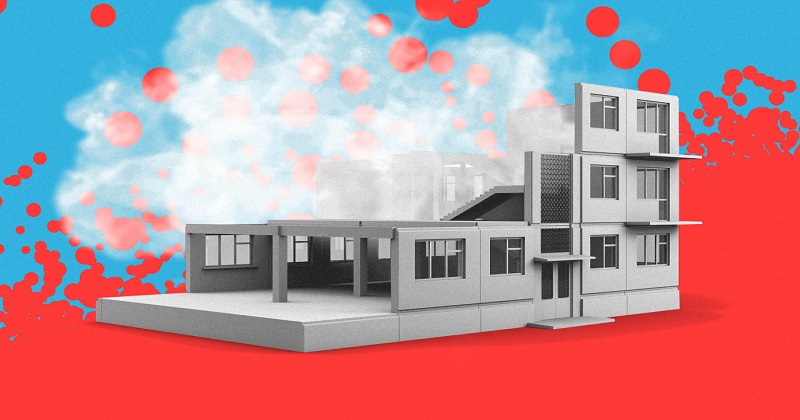
Relative humidity is a measure of water in the air compared to the total saturation of vapour that can exist in the air at the same temperature. According to the researchers, including those from CSIR National Physical Laboratory in New Delhi, humidity affects the behaviour of microorganisms within the virus-laden droplets, along with the survival or inactivation of the virus on the surfaces.
Relative humidity of 40 to 60 per cent in the indoor environment can reduce the spread of novel coronavirus and their absorption through the nasal mucous membrane, a new study conducted by an Indian-German team of scientists have concluded.
The study suggests that it becomes important to implement standards for indoor air humidity in rooms or public transport. In a room with relative humidity below 40 per cent, the particles emitted by infected people will absorb less water, remain lighter, fly further through the room and are more likely to be inhaled by healthy people
“A humidity level of at least 40 per cent in public buildings and local transport would therefore not only reduce the effects of Covid-19 but also of other viral diseases such as seasonal flu. Authorities should include the humidity factor in future indoor guidelines,” said Sumit Kumar, a co-author of the study from CSIR National Physical Laboratory.

Post Your Comments